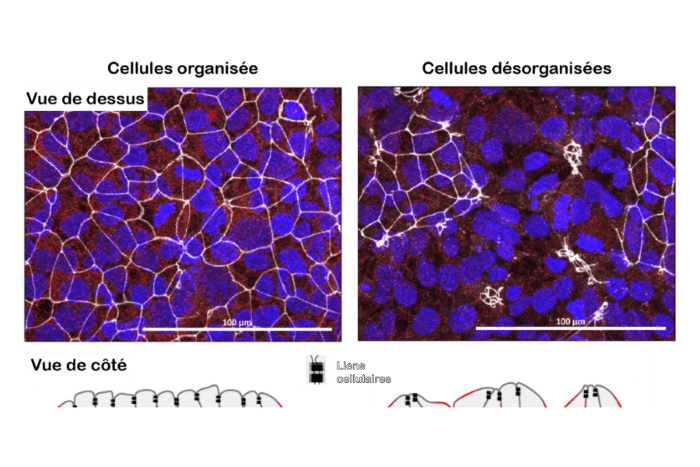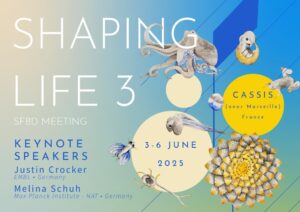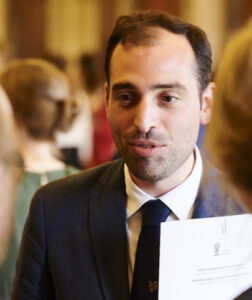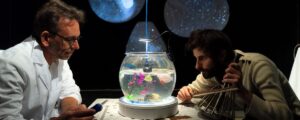Figure : Microscope images of human induced pluripotent stem cells with fluorescently labelled cell nuclei (blue), cell bonds (white) and chemical receptors (red). In organised cells grown on common lab materials, tight bonds cut off access to cells’ chemical receptors. Cells grown instead on soft silicone surfaces are less organised, exposing receptors and increasing the efficacy of drug treatments.
Stem cells, capable of differentiating into any tissue of the human body, are a vital tool to investigate how humans develop & may hold the key for personalised regenerative medicines. A precise symphony of chemical cues is needed to direct the differentiation of these cells and, in a study recently published in iScience, researchers from Aix-Marseille Université, CNRS, directed by Rosanna Dono at IBDM and Emmanuèle Helfer at CINAM have demonstrated how the mechanical setting also plays a crucial role in cell differentiation. The results represent another important step towards the development of stem cell therapies.
A soft touch
Silicones are synthetic materials of varying stiffnesses, commonly used as electronic encapsulants. Coincidentally, the properties that help silicones to protect sensitive circuitry also make them effective materials for cell culture. By fabricating soft silicone surfaces for the cells to grow on, the team of scientists found that using these materials encourages more cells to respond to developmental signals. The team showed that this was due to changes in how cells grow, move, and interact with one another; which leave them more exposed to chemical signals (see Figure). It is thought that these results will improve the efficiency of procedures to differentiate stem cells, and provide a foundation to further investigate the effects of combined mechanical & chemical signalling during early human development.




